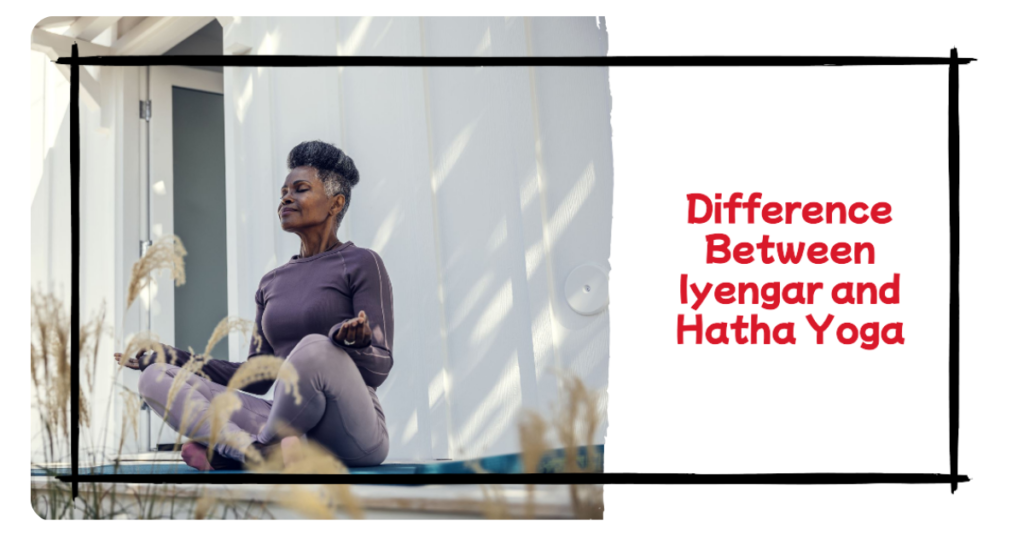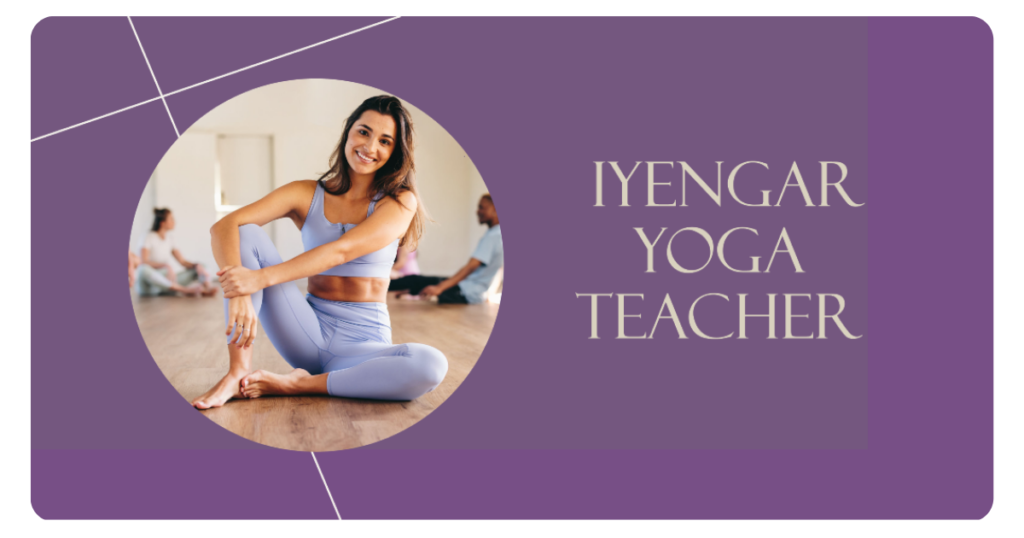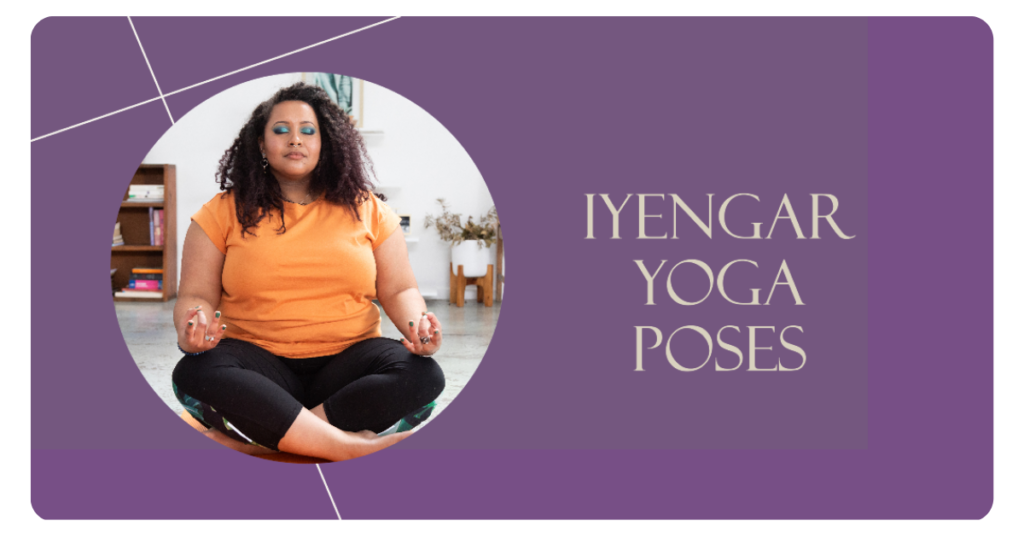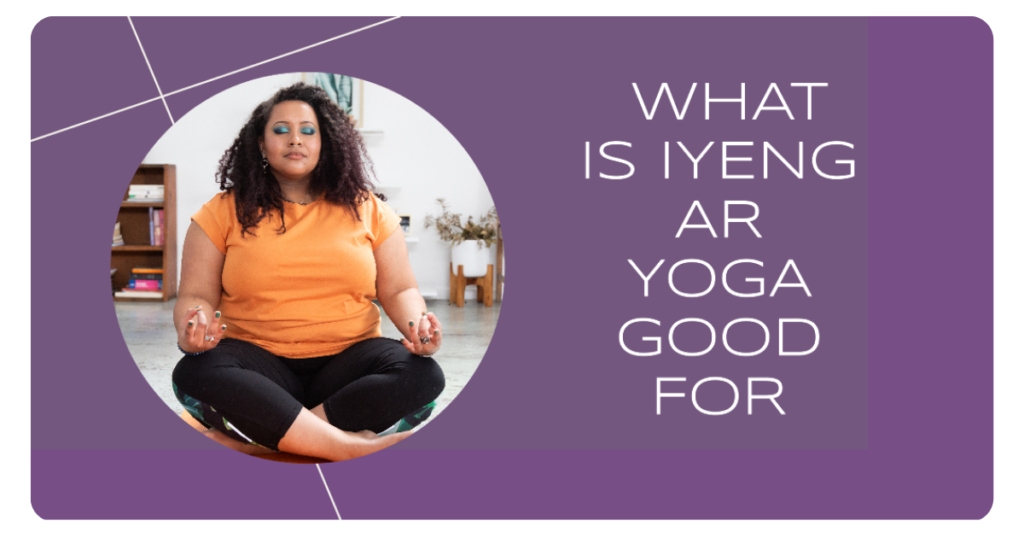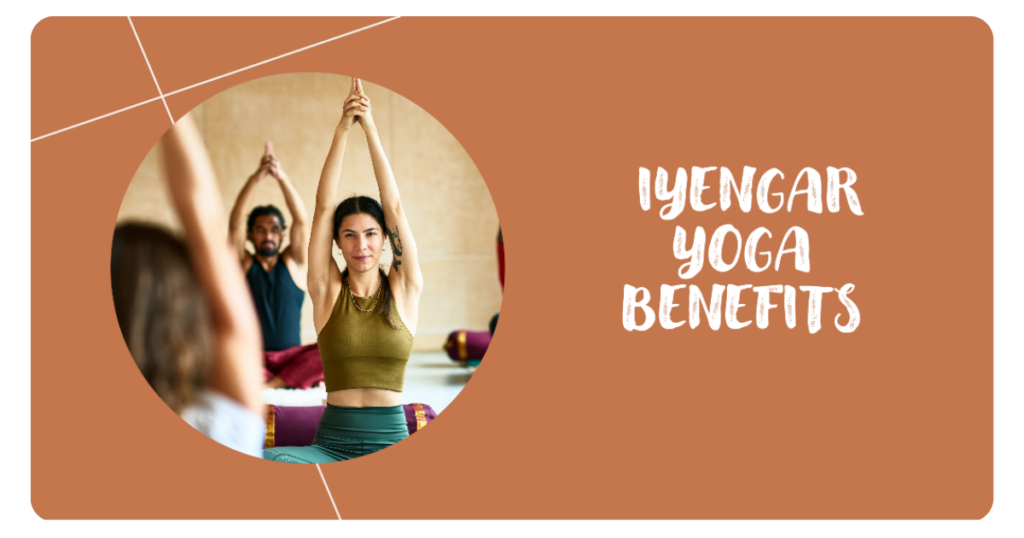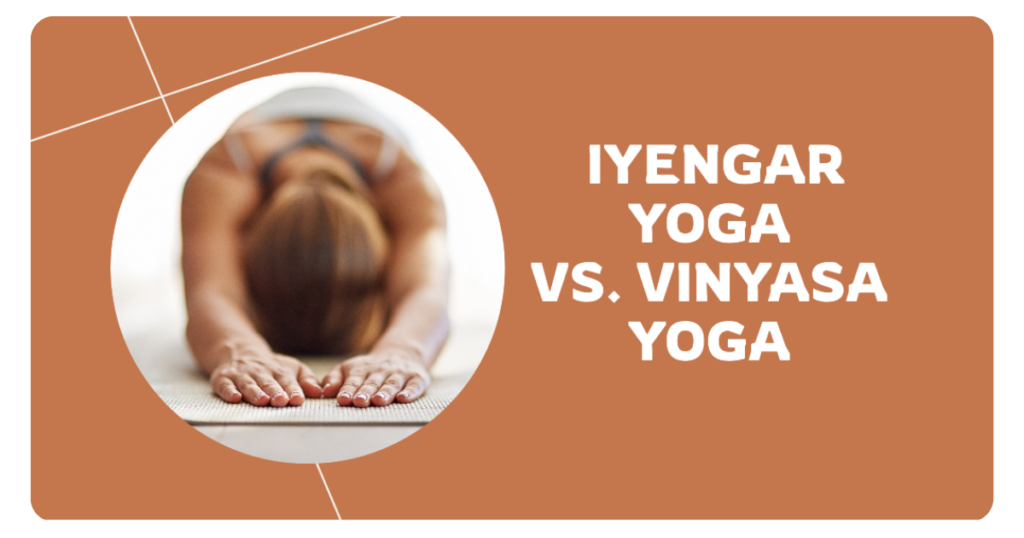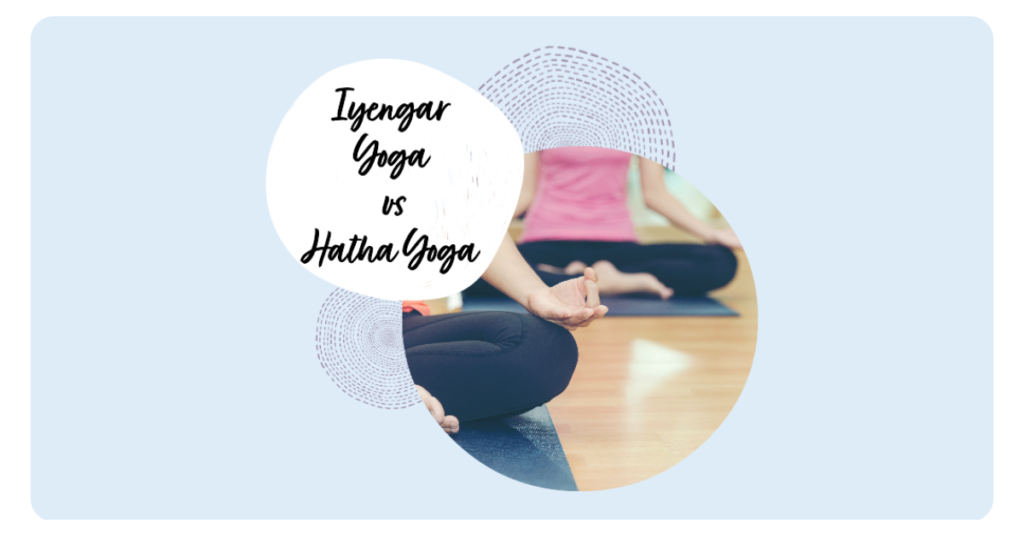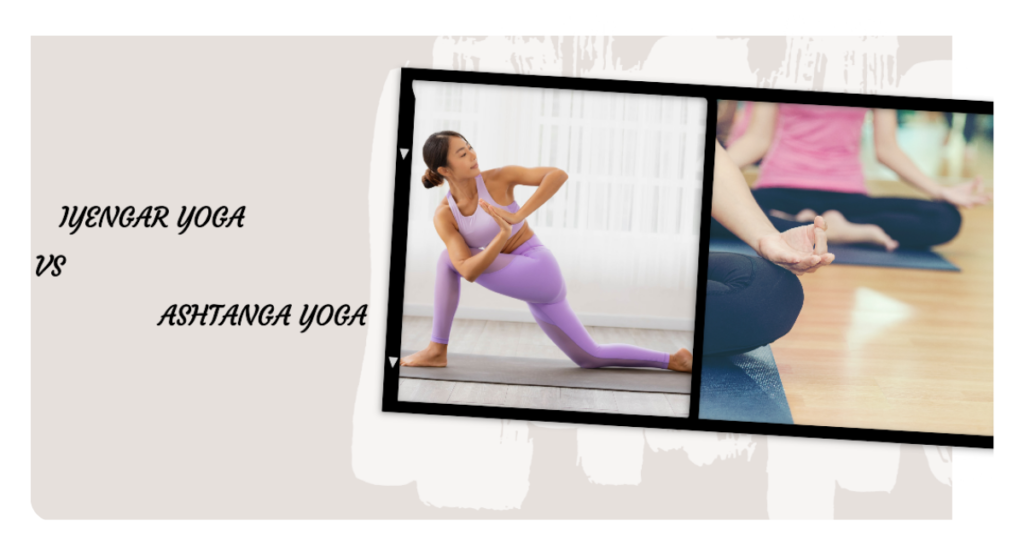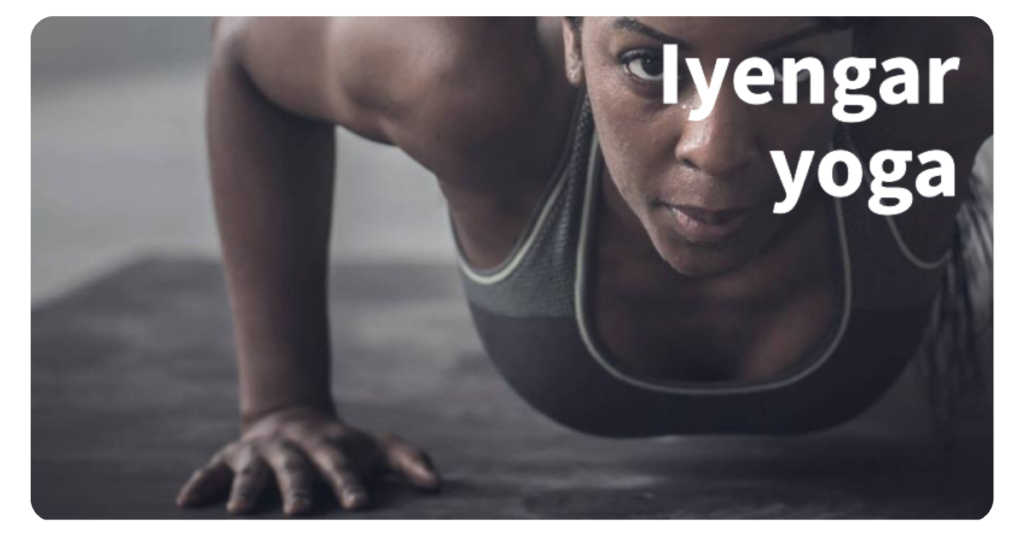
Yoga has become a global phenomenon, with millions of people practicing various styles to improve their physical, mental, and spiritual well-being. Among the many forms of yoga, Iyengar yoga stands out as one of the most renowned and highly regarded. This style, developed by the late B.K.S. Iyengar, is widely considered the best for its emphasis on precision, alignment, and the use of props, making it accessible and beneficial for practitioners of all levels. “why iyengar yoga is the best”
In this comprehensive guide, we’ll explore the origins of Iyengar yoga, its core principles, and the numerous advantages it offers for both mind and body. We’ll delve into why Iyengar yoga is particularly well-suited for beginners and advanced practitioners alike, and provide insights on how to find reputable Iyengar yoga classes and teachers in your area.
Introduction paragraph: Yoga has become increasingly popular worldwide, with people embracing various styles to enhance their physical, mental, and spiritual well-being. Among the different forms of yoga, Iyengar yoga stands out as one of the most renowned and highly regarded due to its emphasis on precision, alignment, and the innovative use of props. Developed by the late B.K.S. Iyengar, this style is widely considered the best for its ability to provide numerous benefits to practitioners of all levels, making it a sought-after choice for those seeking a holistic mind-body practice.
In this comprehensive guide, we’ll explore the origins of Iyengar yoga, its core principles, and the numerous advantages it offers for both mind and body. We’ll delve into why Iyengar yoga is particularly well-suited for beginners and advanced practitioners alike, and provide insights on how to find reputable Iyengar yoga classes and teachers in your area.
What is Iyengar Yoga?
Iyengar yoga is a form of Hatha yoga that emphasizes precise body alignment, sequencing of postures (asanas), and the use of props to help practitioners achieve proper form and alignment. This style was developed by B.K.S. Iyengar, who is widely regarded as one of the foremost yoga teachers of the 20th century.
Born in 1918 in Bellur, Karnataka, India, B.K.S. Iyengar was a sickly child who was introduced to yoga at the age of 16 to improve his health. Through dedicated practice and experimentation, he developed a unique approach to yoga that focused on precision, alignment, and the use of props like blocks, straps, and blankets to help students achieve the correct posture and avoid injury.
The core principles of Iyengar yoga include:
- Precision: Iyengar yoga emphasizes precise body alignment and attention to detail in every posture. This helps practitioners develop body awareness and proprioception, which can prevent injuries and improve overall physical well-being.
- Sequencing: Iyengar yoga classes follow a specific sequence of postures designed to build strength, flexibility, and endurance gradually. Each pose prepares the body for the next, allowing for a safe and progressive practice.
- Use of Props: One of the defining features of Iyengar yoga is the use of props like blocks, straps, blankets, and bolsters. These tools help practitioners achieve proper alignment, support, and stability in various postures, making the practice accessible to people of all ages and abilities.
- Breath Control: Iyengar yoga places a strong emphasis on the integration of breath (pranayama) with movement, promoting a mind-body connection and enhancing the overall benefits of the practice.
By adhering to these principles, Iyengar yoga offers a systematic and methodical approach to yoga that can lead to numerous physical, mental, and emotional benefits.
The Principles That Make Iyengar Yoga Unique
Iyengar yoga stands out from other yoga styles due to its unique principles and approach. Let’s delve deeper into the key elements that make this practice truly exceptional:
- Emphasis on Proper Body Alignment and Precision: Iyengar yoga places a strong emphasis on achieving precise body alignment in every posture. This attention to detail not only helps practitioners develop a deeper awareness of their bodies but also reduces the risk of injury by ensuring that each pose is executed correctly. Instructors provide detailed verbal cues and physical adjustments to guide students into the proper alignment, ensuring that they experience the full benefits of each asana.
- Use of Props as Learning Tools: One of the most distinguishing features of Iyengar yoga is the innovative use of props, such as blocks, straps, blankets, and bolsters. These props serve as valuable learning tools, allowing practitioners of all levels to access and experience the postures safely and effectively. By using props, students can work within their current range of motion while gradually improving flexibility, strength, and stability.
- Sequencing of Poses for Gradual Progression: Iyengar yoga classes follow a carefully designed sequence of poses that build upon one another. This progressive approach allows students to develop the necessary strength, flexibility, and body awareness required for more advanced postures. Each pose prepares the body for the next, ensuring a safe and systematic journey toward greater physical and mental well-being.
- Integration of Breath with Movement: Iyengar yoga places a strong emphasis on the integration of breath (pranayama) with movement. By synchronizing the breath with each posture, practitioners can enhance the mind-body connection, promote relaxation, and experience the full benefits of the practice. This focus on breath control also helps cultivate mental clarity and concentration.
These unique principles set Iyengar yoga apart from other styles and contribute to its reputation as one of the most effective and transformative forms of yoga.
Benefits of Practicing Iyengar Yoga
Regular practice of Iyengar yoga can offer a multitude of benefits for both the mind and body. Here are some of the most notable advantages:
- Improved Flexibility and Strength: Iyengar yoga’s emphasis on precise alignment and the use of props allows practitioners to safely stretch and strengthen their muscles. The progressive nature of the practice gradually improves flexibility and builds strength, reducing the risk of injury and enhancing overall physical fitness.
- Better Body Awareness and Proprioception: The attention to detail and precise instructions in Iyengar yoga help practitioners develop a heightened sense of body awareness, also known as proprioception. This improved awareness can lead to better posture, balance, and coordination in daily life, reducing the risk of falls and injuries.
- Reduced Risk of Injury: By emphasizing proper alignment and the use of props, Iyengar yoga minimizes the risk of injury during practice. The methodical approach and guidance from experienced teachers ensure that practitioners are performing poses correctly and within their physical capabilities.
- Stress Relief and Mind-Body Connection: The integration of breath with movement and the focus on precise alignment in Iyengar yoga can promote a sense of mindfulness and relaxation. This mind-body connection can help reduce stress, anxiety, and tension, promoting overall mental well-being.
- Suitable for All Ages and Abilities: One of the greatest advantages of Iyengar yoga is its accessibility to practitioners of all ages and abilities. With the use of props and modifications, even those with physical limitations or health conditions can benefit from this practice, making it a truly inclusive form of yoga.
These benefits, combined with the systematic approach and emphasis on precision, make Iyengar yoga a highly effective and transformative practice for overall physical, mental, and emotional well-being.
Why Iyengar Yoga is the Best for Beginners
If you’re new to the world of yoga, Iyengar yoga is an excellent choice for beginners. Here are some reasons why this style is particularly well-suited for those just starting their yoga journey:
By providing a supportive and structured environment, Iyengar yoga allows beginners to build a solid foundation in yoga, developing the necessary skills and body awareness to progress safely and effectively.
Why Iyengar Yoga is the Best for Advanced Practitioners
While Iyengar yoga is well-suited for beginners, it also offers immense benefits for advanced practitioners seeking to deepen their practice and refine their skills. Here are some reasons why Iyengar yoga is considered the best choice for experienced yogis:
- Challenging Poses and Sequences: Iyengar yoga has a vast repertoire of advanced poses and sequences that can challenge even the most experienced practitioners. The systematic approach and emphasis on precise alignment allow advanced students to explore these complex postures safely and effectively, continually pushing their boundaries.
- Precise Instructions for Refining Alignment: Iyengar yoga teachers are renowned for their extensive training and ability to provide highly detailed instructions. Advanced practitioners can benefit from these precise cues and adjustments, helping them refine their alignment and deepen their understanding of the subtleties within each pose.
- Opportunities for Deeper Exploration of Poses: The use of props in Iyengar yoga allows advanced practitioners to explore poses in new and dynamic ways. By incorporating blocks, straps, and other props, students can access variations and nuances of postures that may have previously been inaccessible, fostering a deeper exploration of their practice.
- Focus on Integrating Mind, Body, and Breath: Iyengar yoga’s emphasis on the integration of breath with movement and the cultivation of mental focus and concentration can be particularly beneficial for advanced practitioners. This mind-body connection can lead to a deeper sense of awareness, presence, and overall well-being.
With its emphasis on precision, alignment, and progressive sequencing, Iyengar yoga provides a lifelong journey of growth and refinement for advanced practitioners, allowing them to continually challenge themselves while minimizing the risk of injury. ||what is the difference between iyengar and hatha yoga||
How to Find an Iyengar Yoga Class or Teacher
To experience the full benefits of Iyengar yoga, it’s essential to seek out qualified and certified instructors. Here are some tips for finding an authentic Iyengar yoga class or teacher in your area:
- Look for Certified Iyengar Yoga Instructors: The Iyengar Yoga Association (IYA) and its national and regional associations provide certification and training programs for Iyengar yoga teachers. Look for instructors who have completed the rigorous training and certification process, ensuring they have a deep understanding of the Iyengar method.
- Check Credibility and Training of Teachers: Reputable Iyengar yoga teachers will often display their credentials and training background on their website or at their studio. Don’t hesitate to ask about their qualifications, experience, and ongoing education to ensure you’re receiving instruction from a knowledgeable and experienced practitioner.
- What to Expect in an Iyengar Yoga Class: Iyengar yoga classes typically follow a set sequence of poses, with a strong emphasis on proper alignment and the use of props. Classes often begin with warm-up exercises and progress through standing poses, seated poses, backbends, and inversions, before concluding with relaxation and breathing exercises.
- Tips for Getting Started with Iyengar Yoga:
- Invest in a few basic props, such as a yoga mat, blocks, and a strap, to support your practice at home.
- Attend beginner-level classes or private sessions to learn the foundational principles and proper alignment.
- Be patient and persistent; Iyengar yoga requires dedication and consistent practice to reap its full benefits.
- Listen to your body and communicate any limitations or injuries with your teacher to receive appropriate modifications.
By seeking out qualified Iyengar yoga instructors and attending classes at reputable studios or centers, you can ensure that you’re experiencing authentic teachings and reaping the numerous benefits of this transformative practice.
Conclusion
Iyengar yoga stands out as one of the best and most comprehensive forms of yoga due to its emphasis on precision, alignment, and the innovative use of props. Developed by the late B.K.S. Iyengar, this style offers a systematic and progressive approach to yoga, making it accessible and beneficial for practitioners of all levels.
From improved flexibility and strength to reduced risk of injury and enhanced mind-body connection, the benefits of Iyengar yoga are numerous and far-reaching. Whether you’re a beginner seeking a solid foundation or an advanced practitioner looking to deepen your practice, Iyengar yoga provides a structured and supportive environment for growth and transformation.
By seeking out qualified Iyengar yoga teachers and attending classes at reputable studios or centers, you can experience the authentic teachings and reap the numerous benefits of this transformative practice. Embrace the principles of precision, alignment, and breath integration, and embark on a journey of physical, mental, and emotional well-being through the transformative power of Iyengar yoga.
